In the heroic atmosphere of the historic April days, the whole country is looking forward to the 50th anniversary of the Liberation of the South and National Reunification Day (April 30, 1975 - April 30, 2025), I was fortunate to have the opportunity to join the delegation of the Hung Yen Provincial Journalists Association to visit the Relic of the Headquarters of the Provisional Revolutionary Government of the Republic of South Vietnam in Cam Lo town, Cam Lo district (Quang Tri province). This is a heritage of great revolutionary historical value, the pride of the people of Quang Tri and the whole country, a symbol of the aspiration and determination to gain independence and national reunification.
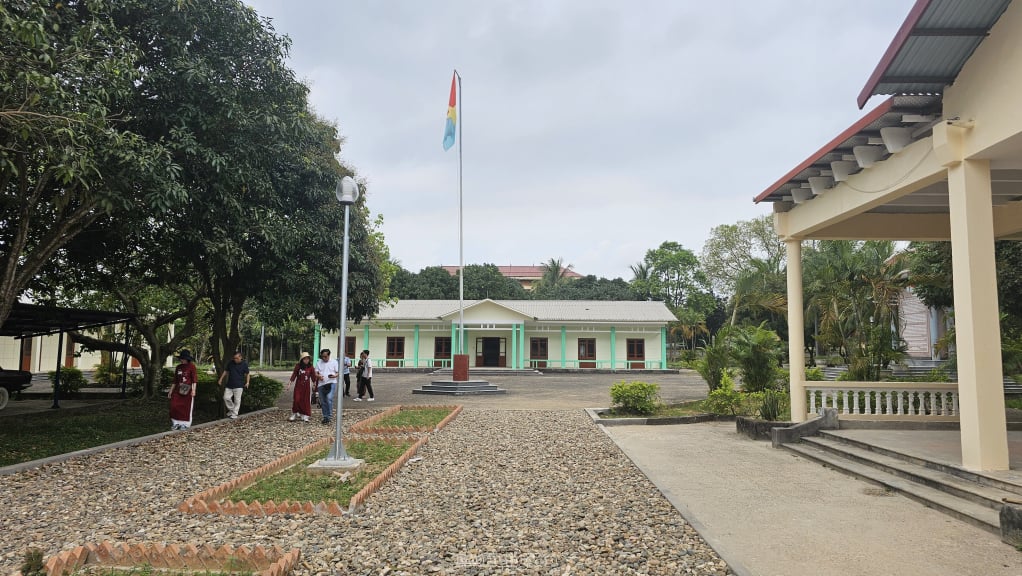
In June 1969, in Tay Ninh, the Provisional Revolutionary Government of the Republic of South Vietnam was born, a new development in the resistance war against the US in South Vietnam. In May 1972, about 2/3 of the area of Quang Tri province was liberated. This land was connected to the revolutionary base of Thua Thien-Hue province and the vast liberated area of lower Laos, especially adjacent to the socialist North. Therefore, Quang Tri became an important strategic position in terms of politics , military and diplomacy. After the Paris Agreement was signed, the Politburo decided to build the headquarters of the Provisional Revolutionary Government of the Republic of South Vietnam in Cam Lo to create a position for the Advisory Committee and the Provisional Revolutionary Government of the Republic of South Vietnam to carry out diplomatic activities, continuing to lead the struggle in the South to complete victory.
With the highest determination to complete the project in time for the 4th anniversary of the establishment of the Provisional Revolutionary Government of the Republic of South Vietnam (June 6, 1969 - June 6, 1973), in early 1973, the first ships arrived at Dong Ha port carrying construction materials including cement, iron frames, corrugated iron, and planks from the North. More than 500 people from Construction Company No. 8 of Nghe An province worked continuously day and night. After 25 days and nights, the project was completed and put into use as planned. On June 6, 1973, the headquarters of the Provisional Revolutionary Government of the Republic of South Vietnam was completed, becoming a place to work and receive international delegations. The area of the headquarters of the Provisional Revolutionary Government of the Republic of South Vietnam is more than 17,000 m2, divided into two independent areas: Area A and Area B. Area A consists of 3 blocks of houses, which are the working area reserved for the Government, the working house of the Ministry of Foreign Affairs and the dining room reserved for Area A. Area B consists of 5 blocks of houses, including 2 guest houses reserved for the ambassadors and 3 blocks of houses reserved for the members of the delegation of ambassadors, reporters and members of the Provisional Government.
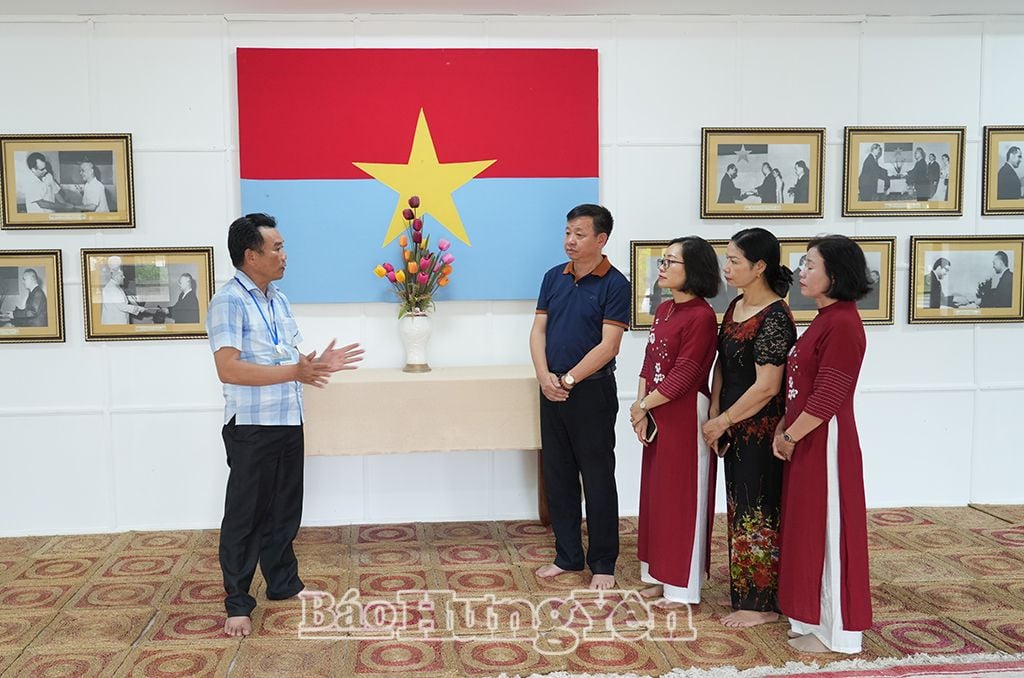
During the period from 1973 to 1975, the Provisional Revolutionary Government of the Republic of South Vietnam had many important activities here such as: welcoming 49 international delegations, ambassadors of countries to present their credentials to establish diplomatic relations. Notably, in September 1973, the land of fire Quang Tri welcomed Cuban leader Fidel Castro to visit. Such meetings helped international friends understand more about Vietnam, providing spiritual and material support for the just struggle of the Vietnamese people for independence, freedom and peace.
After the Provisional Revolutionary Government of the Republic of South Vietnam ended its historical role, the entire headquarters area was transferred to the civil authority for management. With its great historical role and significance, in January 1991, the Provisional Revolutionary Government of the Republic of South Vietnam Headquarters Relic was ranked as a national relic. Comrade Hoang Phuoc Lam, Head of the Management Board of the Provisional Revolutionary Government of the Republic of South Vietnam Headquarters Relic, said: Over the years, the Party Committee, government and people of Cam Lo district have preserved and promoted the value of the relic, while doing a good job of restoration and embellishment. In 2007, the relic was invested in and embellished with many important items such as: Restoring the Government House, the Ambassadors' rest house on the foundation of old buildings; building the Monument House and other auxiliary works. Every year, the relic welcomes hundreds of domestic and international delegations to visit and learn about the heroic historical tradition of the nation's struggle.
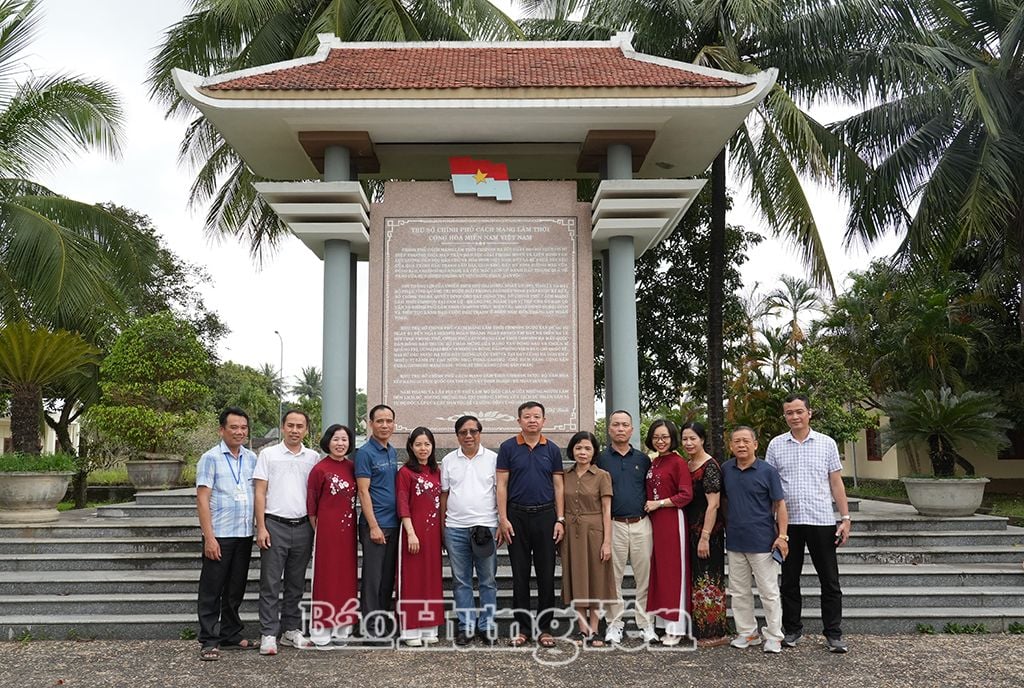
This place will forever be one of the symbols of the desire for peace and determination to gain independence, unity, and territorial integrity in the long-term resistance war to save the country, contributing to educating the revolutionary tradition and patriotism for the young generation.
Source: https://baohungyen.vn/di-tich-tru-so-chinh-phu-cach-mang-lam-thoi-cong-hoa-mien-nam-viet-nam-bieu-tuong-cho-khat-vong-va-q-3180926.html


![[Photo] Hungarian President begins official visit to Vietnam](https://vphoto.vietnam.vn/thumb/1200x675/vietnam/resource/IMAGE/2025/5/27/ab75a654c6934572a4f1a566ac63ce82)



![[Photo] Vice President Vo Thi Anh Xuan, French President Emmanuel Macron and his wife visit Hanoi University of Science and Technology](https://vphoto.vietnam.vn/thumb/1200x675/vietnam/resource/IMAGE/2025/5/27/267b6f2bdf3e46439f081b49f6ec26b1)

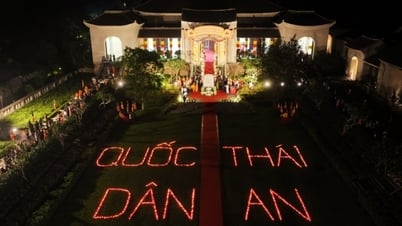

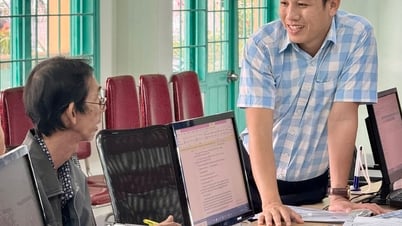

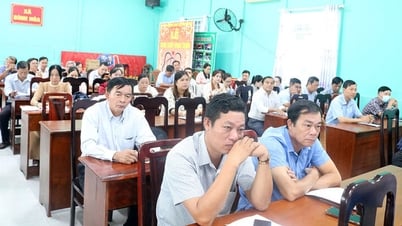


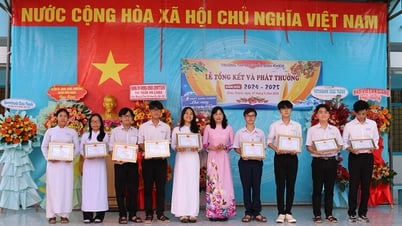




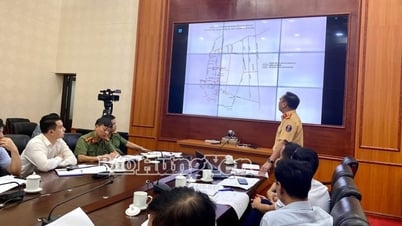

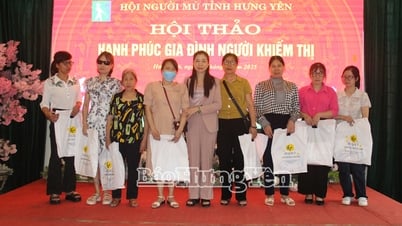

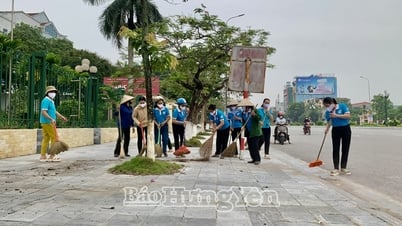
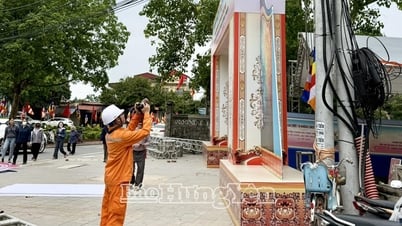
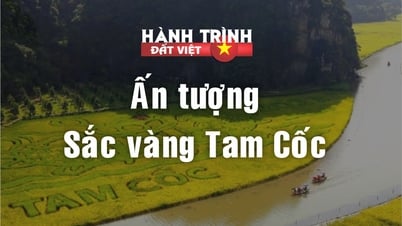

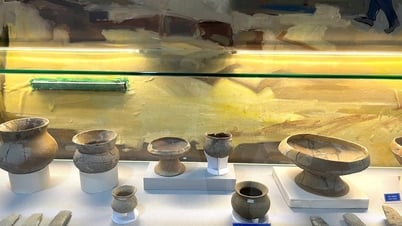



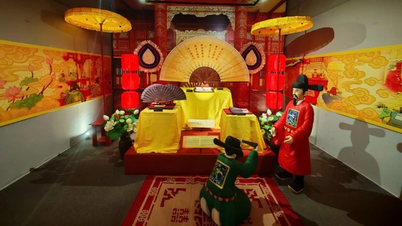

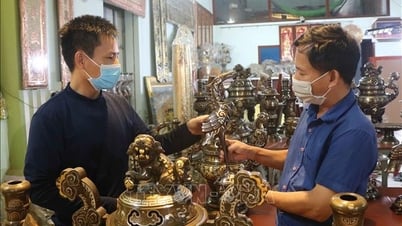
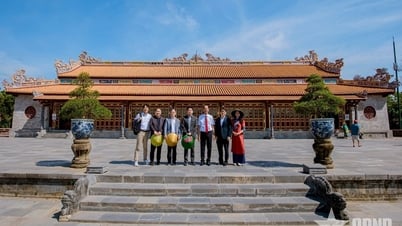

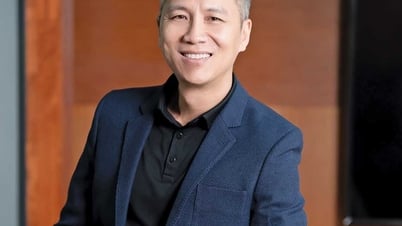

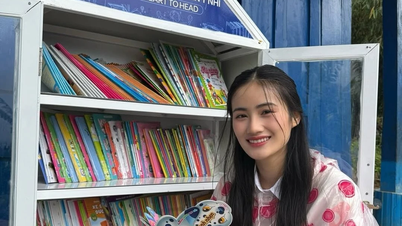

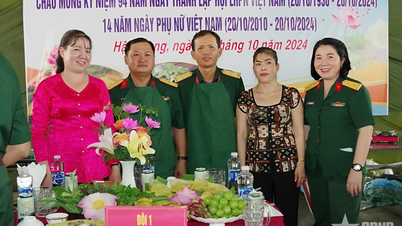
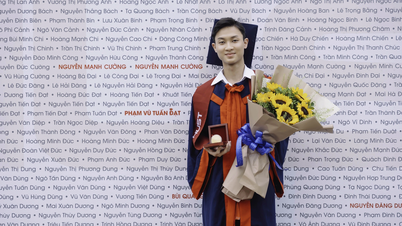

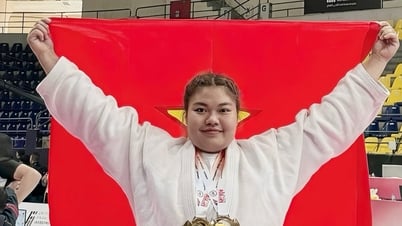

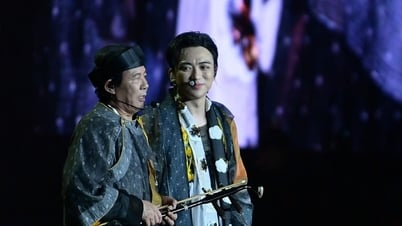
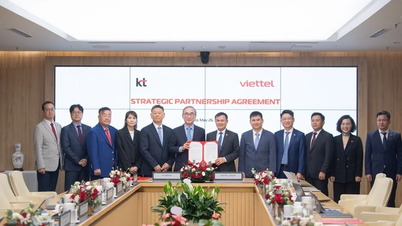

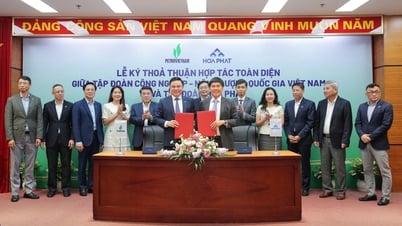

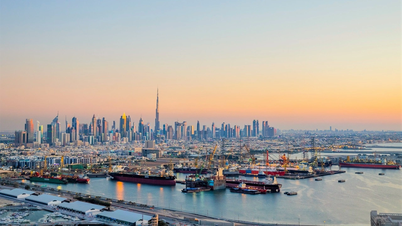

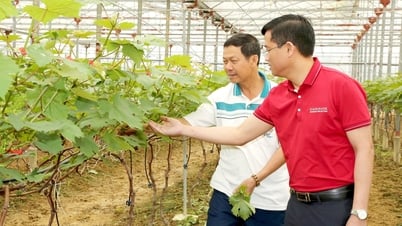


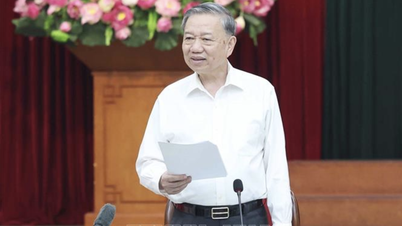
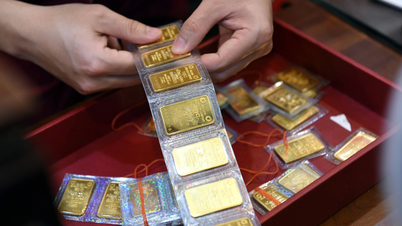
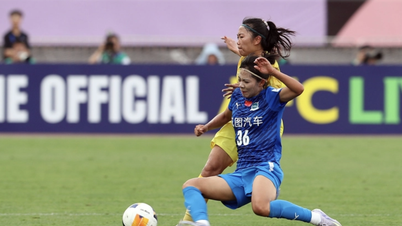
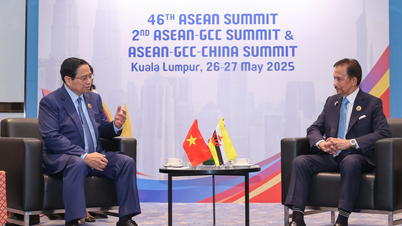


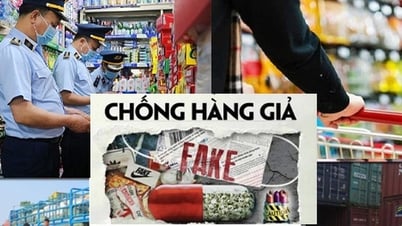



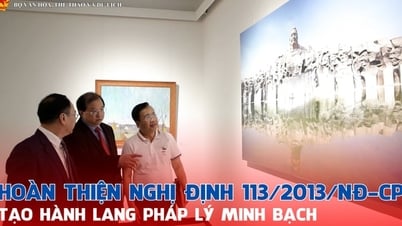
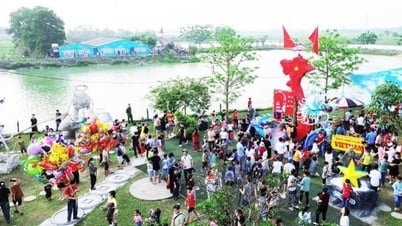
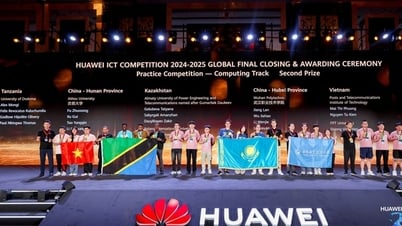

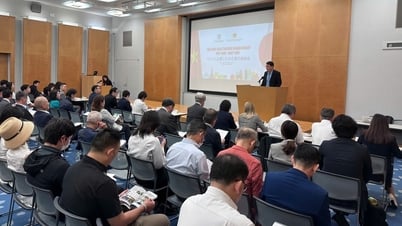



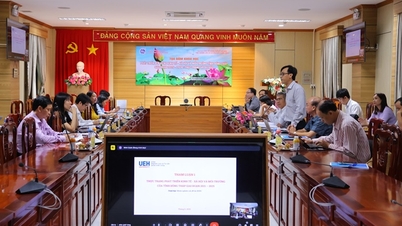
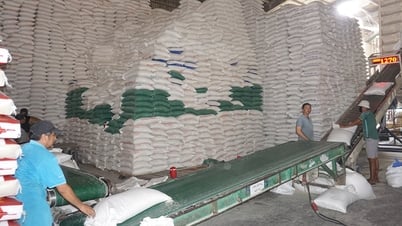
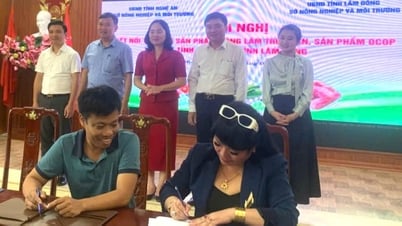

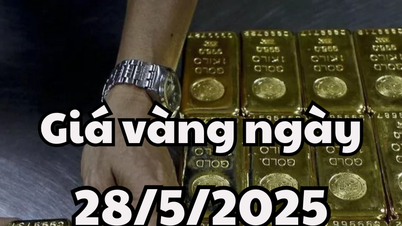
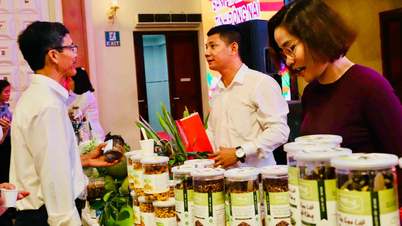

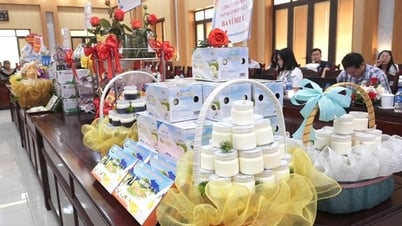

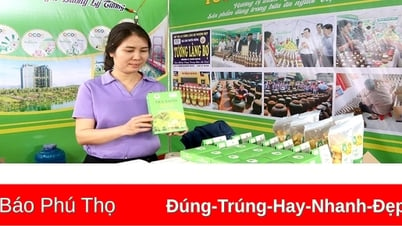

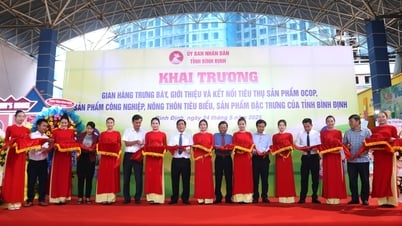

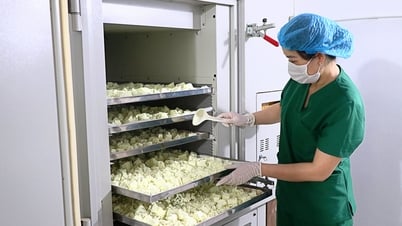

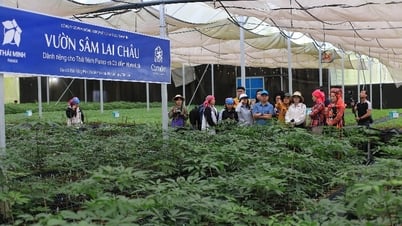

Comment (0)